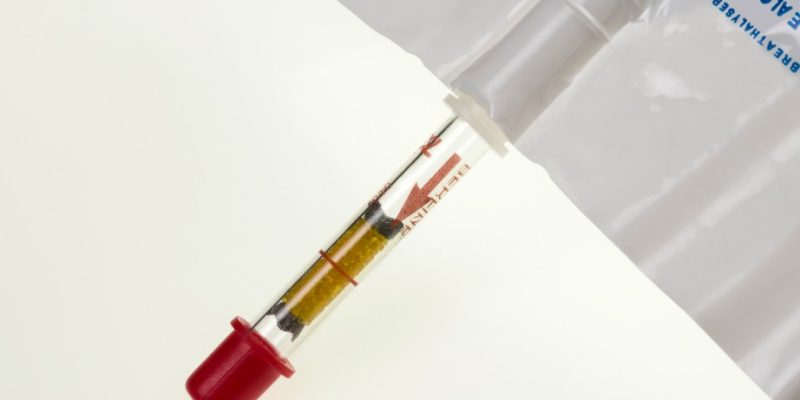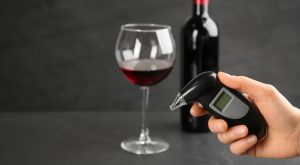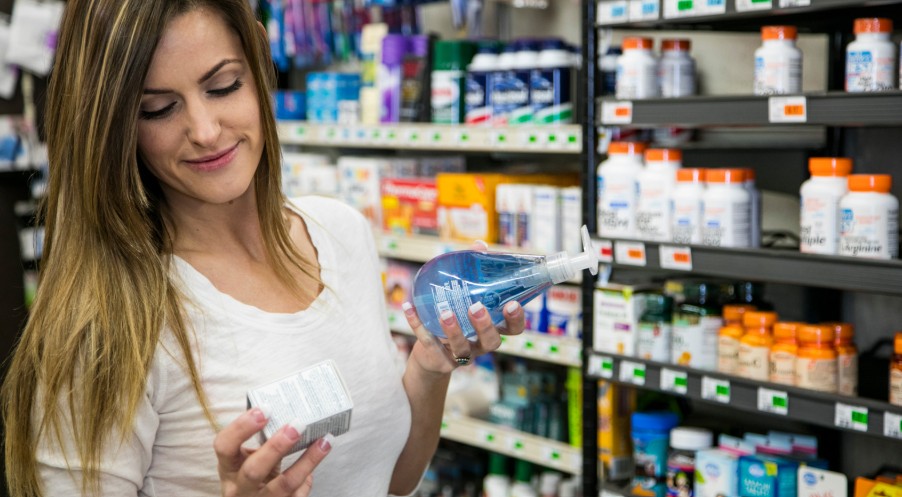
How Reliable Are Disposable Breathalysers Compared to Digital Units?
Disposable breathalysers may look convenient, but their accuracy often falls short compared to digital units.
Research shows that some single-use devices can miss a large number of people who are actually over the legal limit, while digital models usually provide more consistent results.
Digital breathalysers work to give a clearer picture of alcohol levels, making them more dependable for personal use.
That said, not every digital unit is perfect, and not every disposable test is useless.
Factors such as storage, shelf life, and the way a person uses the device all influence the outcome.
Therefore, the debate is less about whether one type always works better and more about how each performs under real conditions.
By looking at accuracy, ease of use, and practical situations, it becomes easier to see where disposable tests fit in and where digital devices may offer stronger value.
This comparison helps highlight what someone can realistically expect before deciding which type of breathalyser to trust.
Comparing Reliability: Disposable Breathalysers vs Digital Units

Disposable and digital breathalysers both measure alcohol levels, but their accuracy, consistency, and upkeep differ.
The type of sensor, calibration needs, and how each device handles repeated use all affect the results people can expect.
Accuracy and Precision
Disposable breathalysers use chemical reaction strips or crystals that change colour based on alcohol levels in the breath.
These tests often provide only a rough estimate and may not detect small differences in blood alcohol concentration.
Their results can vary by several percentage points, which makes them less dependable for close readings.
Digital units, especially those with fuel cell sensors, usually give more precise measurements.
Studies have shown digital devices can achieve sensitivities above 85% and specificities around 60–70%. This means they detect alcohol more accurately than disposable kits.
For anyone comparing options or searching for where to buy breathalyzer test, digital devices are more suitable if precision is important.
Disposable tests may still serve as a quick check, but they should not be relied on for fine measurements.
Consistency of Results
Disposable breathalysers are single-use and cannot be tested twice on the same sample.
This limits their consistency, since each test depends on storage conditions, shelf life, and even temperature at the time of use. A kit kept in a hot car, for example, may show less accurate results.
Digital breathalysers allow repeated testing within minutes. This makes them more consistent across multiple uses, which is helpful for tracking alcohol levels over time.
However, cheaper models with semiconductor sensors may still drift in accuracy after repeated use.
Consistency matters most for those who want to monitor alcohol levels across a night out or during professional testing.
In these cases, digital units give more dependable results than disposable kits.
Sensor Technology Differences
Disposable units rely on chemical reactions that are simple but limited. They cannot measure exact blood alcohol concentration and usually only indicate ranges, such as “above” or “below” a threshold. This makes them suitable for basic screening but not for detailed monitoring.
Digital units come in two main types: semiconductor and fuel cell sensors. Semiconductor sensors are cheaper but more prone to false positives from substances other than alcohol.
Fuel cell sensors, used in many police-grade devices, respond only to ethanol and are more accurate.
The difference in technology explains why digital devices are more trusted in professional settings, while disposable kits remain more of a casual tool for personal use.
Calibration and Maintenance
Disposable breathalysers require no calibration, which makes them simple to use.
However, they have a limited shelf life and can degrade if stored improperly. This means users must replace them regularly, even if they are not used.
Digital breathalysers need calibration after a certain number of uses or within a set period.
This process adjusts the sensor to maintain accuracy. Some models require professional servicing, while others allow the user to replace sensor modules.
Although calibration adds effort, it helps digital devices stay dependable over time.
For regular users, the long-term accuracy of a calibrated digital unit outweighs the convenience of single-use disposable tests.
Practical Considerations and User Experience

The choice between disposable and digital breathalysers often comes down to how simple they are to use, how safe they feel in practice, and how much they cost over time.
Each type has strengths that suit different users, depending on their habits and needs.
Ease of Use and Portability
Disposable breathalysers are small, light, and easy to carry in a pocket or glove box.
They require no batteries or calibration, so they are ready to use straight away. This makes them practical for one-off checks, especially during travel or social events.
Digital breathalysers, on the other hand, usually have a screen and buttons. They may need calibration after a certain number of uses, and most models run on batteries.
However, they provide a clear digital reading rather than a colour change, which reduces the chance of misinterpretation.
Portability also differs. Disposable units are single-use and take up little space, while digital devices are slightly larger but can be used many times.
For someone who wants quick checks without carrying extra equipment, disposables may feel more convenient. Those who test often may prefer the consistency of a digital unit.
Hygiene and Disposable Mouthpieces
Hygiene is an important factor, especially if more than one person uses the same device.
Disposable breathalysers are single-use, which removes concerns about cross-contamination. Each person uses a fresh unit, and no part needs cleaning afterwards.
Digital breathalysers use replaceable mouthpieces. Many models include several spares, and new ones can be purchased in packs.
This allows multiple users to share one device safely, provided each person uses a fresh mouthpiece.
However, some people may find it less practical to carry spare mouthpieces. If hygiene is a top concern, disposable tests provide a simple solution.
In contrast, digital units require users to keep track of accessories, though they reduce waste compared to single-use kits.
Cost and Accessibility
Disposable breathalysers usually cost less per unit, but they cannot be reused. Regular use makes them more expensive over time because each test requires a new purchase.
They are often sold in small packs, which can be practical for occasional use but less so for frequent testing.
Digital breathalysers have a higher upfront price but can be used many times before recalibration is needed.
This makes them more cost-effective for people who test often, such as those who drive regularly after social events.
Accessibility also matters. Disposable units are widely available in shops and online, and they do not require ongoing maintenance.
Digital devices may be less common in local shops but are easy to order online.
For long-term use, the higher initial cost of a digital unit usually balances out against the recurring cost of disposable kits.
Conclusion
Disposable breathalysers give a quick and low-cost way to check alcohol levels, but their accuracy often varies due to factors like shelf life and storage conditions.
Digital units, on the other hand, tend to produce more consistent results because they use sensors that can be recalibrated and maintained over time.
Therefore, disposable tests may suit occasional use, while digital devices provide a more dependable choice for those who need frequent or precise readings.





